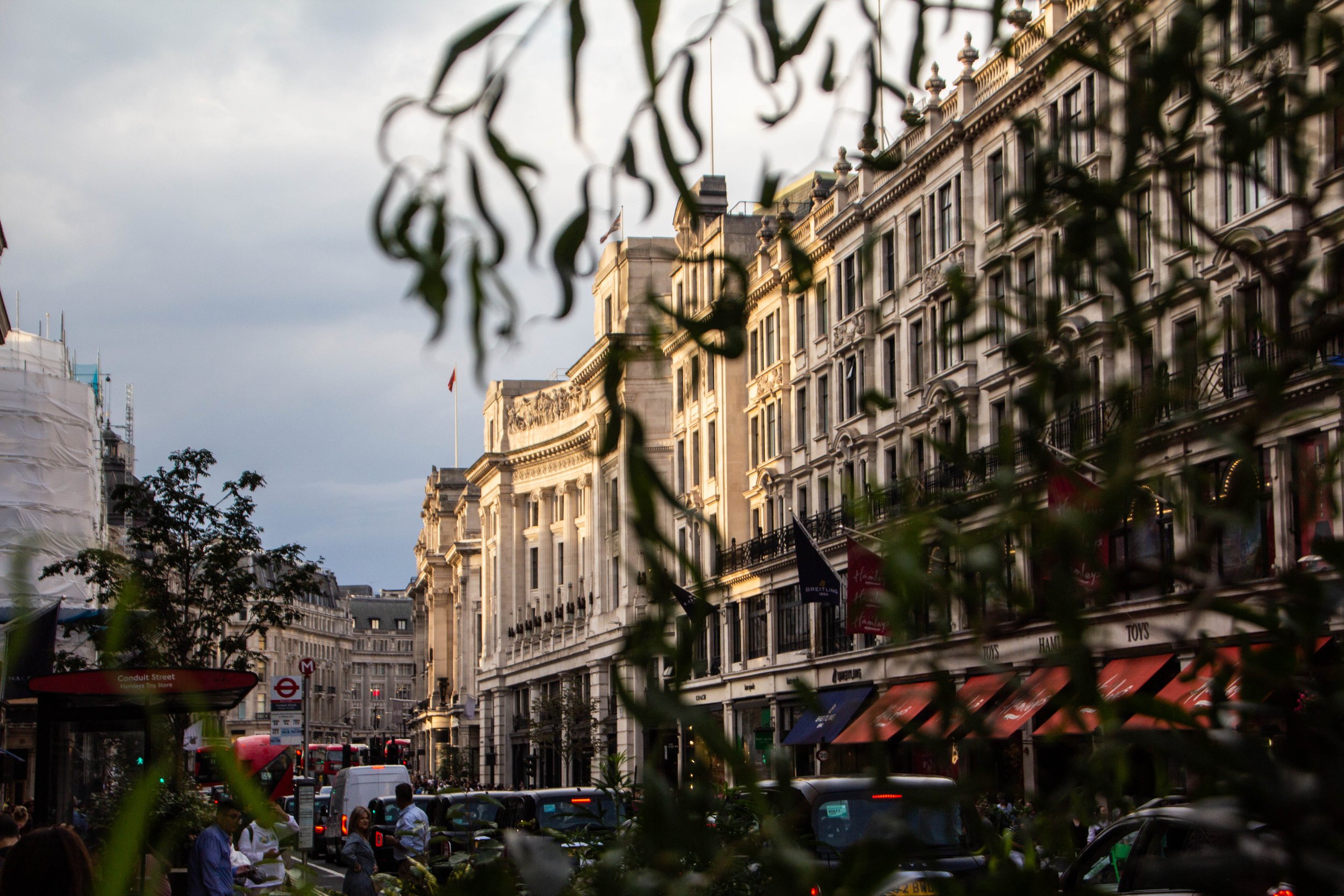For the un-indoctrinated, London is… massive. Really, it’s just SO much bigger than you’re prepared for. But, as the old saying goes…
How do you eat an elephant? One bite at a time.
This will be an ongoing series—London Neighbo(u)rhoods With Peter—where eat the elephant together, one neighborhood at a time. We’ll call that article from a while back on Soho & Fitzrovia “volume 1”, and we’ll pick up here at volume 2. There’s a lot in the queue, but we’re going to start with a beautiful little niche in London called Hampstead.
An Introduction to Hampstead
Today, Hampstead is a beautiful, affluent neighborhood in North London, and Hampstead Heath is a gorgeous 790 acre park right next to it. They don’t exactly leap off the page to claim a place in the sightseeing itineraries of most visitors, but for Londoners, it’s a good way to do a “travel day” in their own city. Hiking around Hampstead Heath is a lovely weekend activity, which can be bookended with coffee, food, or drinks in neighboring Hampstead Village. It’s all extremely picturesque, and very much interwoven into the massive tapestry that is modern-day London. But this was not always the case…
Once upon a time, the footprint of London was much, MUCH smaller than it is today. Back in those days, many of the names that we now recognize as being neighborhoods of London, were actually cities and towns unto themselves. Hampstead is no exception. In fact, it was once something of a rural town (which is hard to believe these days), and its name is derived from the old English word for “homestead”. Meanwhile, Hampstead Heath actually dates back more than a millennium and was originally used as common land for grazing, gathering firewood, etc.
By the time the urban footprint of London really began to expand in the 18th century, Hampstead Village had become kind of a trendy place to be for London’s affluent intelligentsia, since it was beautiful, clean, and within striking distance of London. Likewise, the giant natural area now known as Hampstead Heath—which served as a shared backyard for this community—became the focal point of conservation efforts in the face of London’s creeping urban sprawl. Luckily, Hampstead already boasted an impressive roster of rich and influential residents who had the muscle to bring this conservation to reality. The result? Both Hampstead Village & Heath have grown into the stuff of postcards; a beautiful and secluded getaway from the hustle and bustle of London. Today, we’re going to visit both of them. Here they are on the map so you can get your bearings:
We’re going to start this foray into the Hampstead area with a walk through the park. Here’s a cool fact: almost HALF (47%, to be exact) of London’s total area is green space. It’s one of the highest stats of any city in the world, and you’ll commonly hear it touted when somebody is trying to ingratiate London to outsiders. But, as a London resident… this feels high. The truth is that only 18% of London is public green space. Many of London’s urban gardens are open only to the residents of the posh flats that overlook them.
Hampstead Heath is among the most natural-feeling of all of these parks. Indeed, you can go HIKING here. The paths are mostly paved, and there are small attractions scattered throughout the park, such as zoos, playgrounds, small museums, and cafes, but there are also large portions of this park that are forested, or are wide-open fields. It’s also got some great views of the London skyline.
This photoshoot was on a windy, chilly day in the English spring, when the leaves were only first beginning to appear after a long, dark winter. Here are a few frames from around Hampstead Heath, but rest assured, there is a LOT more here.
At this point, I think it might be worth calling out some of the famous people that have called Hampstead home in the past. Perhaps the most contemporary examples include Harry Styles and Ricky Gervais, but you don’t have to go back very far in history to uncover the following list: Sigmund Freud, John Keats, Sting, Boy George, Dame Judi Dench, Ralph Fiennes, Peter O'Toole, Elizabeth Taylor, Ian Fleming, Karl Marx, and George Orwell.
I end this list on Orwell, because I just so happened to stumble across the Hampstead home that he once lived in on this walk. If you don’t know who this guy is, I invite you to think back to the required reading from your grade school English/Lit class. George Orwell wrote Animal Farm and 1984. Orwell lived in Hampstead for a short time in the 1930s, during which he worked in a local bookshop while working on his own writing in his spare time. And this, apparently, was his house!
This walk began at the Golders Green tube station, from which we walked south. Let’s continue our walk by exiting the park and entering into Hampstead Village. Although it’s clearly a very wealthy area, it doesn’t flaunt its economic fortune. This affluence is channeled into idyllic English charm rather than gaudy displays of wealth. It’s full of shops, cafes, bakeries, restaurants, and pubs—everything you’d ever want for a day spent out with friends. One bakery in particular that captured my heart was the Heath Street Bakehouse. We came in toward the close of business on a Sunday afternoon and—the food was amazing, the space was pretty, the staff were nice, the location was nice (just outside of the main area, so it was quiet but still central), AND, they unloaded some unsold pastries on us for free. Love that. Here are some pictures from around Hampstead Village.
That does it for this installment of London Neighbo(u)rhoods with Peter! But never fear: this series will return soon, in famous London areas such as Notting Hill, Brixton, and more. I live here, so I’ll probably cover the whole of London eventually.
But for now, music. ✌️





























































































